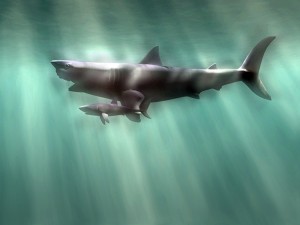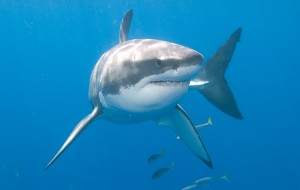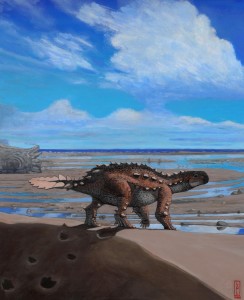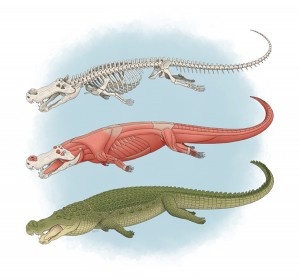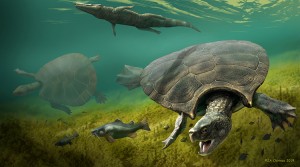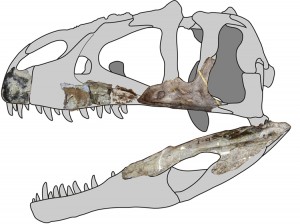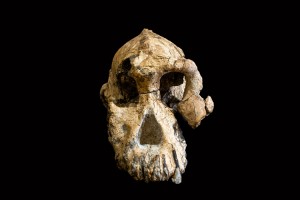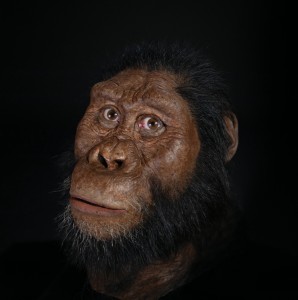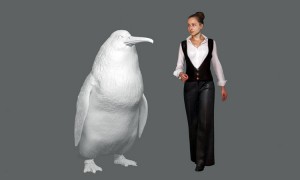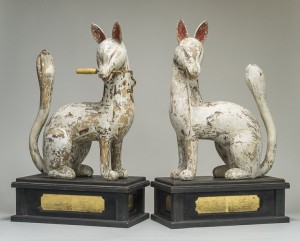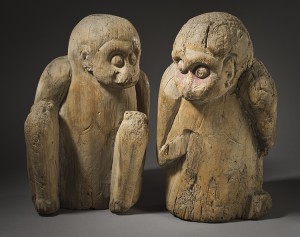The World’s Biggest Fossilized Flower
Thursday, February 2nd, 2023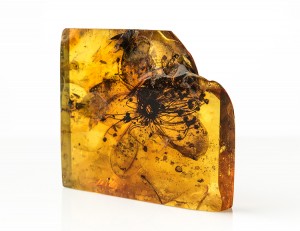
Fossil flower of Symplocos kowalewskii (Symplocaceae) from Baltic amber – to date, by far the largest floral inclusion discovered from any amber.
Credit: © Carola Radke, Museum für Naturkunde Berlin
Most fossils you see are of teeth, bones, and shells, but there have been flowers for millions of years. Why don’t we see many flower fossils? A fossil is the mark or remains of an organism that lived thousands or millions of years ago. Some of the best-known fossils include leaves, shells, or skeletons that were preserved after a plant or animal died. We don’t see many complete flower fossils because the fossilization process is tough. However, if flowers are preserved in certain materials, the fossil can remain intact. Researchers just found the largest flower preserved in amber in an unorganized museum collection. They believe the flower lived 40 million years ago in the Eocene Epoch in the Paleogene Period.
What does it mean that the flower is in amber? Amber is a hard, yellowish-brown fossilized resin. It comes chiefly from the resins of pine trees that grew in northern Europe millions of years ago. These resins were gummy materials mixed with oils in the trees. When the oils became oxidized (combined with oxygen), hard resins were left. These pine trees were buried underground or underwater, and the resins slowly changed into irregularly shaped lumps of amber. Lumps of amber often contain insects trapped as the resins flowed from the trees. Some lumps have air bubbles. Amber serves as a protection for more delicate materials in the fossilization process.
The largest supply of amber lies in the Baltic Sea area. The Baltic Sea is an arm of the North Atlantic Ocean that extends into northern Europe. It separates the Scandinavian Peninsula from the northern coast of Europe. It links Sweden, Finland, Russia, Estonia, Latvia, Lithuania, and Poland with the North Sea and the Atlantic. The amber comes from a species of pine tree that is now extinct. Some experts consider this amber from the Baltic region the only true amber. This is the amber that preserved this special flower!
The flower in question is an extinct variation in the genus Symplocos. Scientists were able to extract a sample of pollen from the intact reproductive organs and test it. The relatives of this plant today are flowering shrubs in Asia. Today, the relatives of this flower have white or yellow blossoms and live in humid, high-altitude forests.
While the flower is only about 1 inch (2.5 centimeters) across, it is about three times the size of most amber-preserved flowers and larger than half of all amber pieces from the Baltic region. There aren’t many large flowers in amber because it would take covering the entire flower to protect the delicate flower from the fossilization process.
Why does fossilization damage most flowers that lived millions of years ago? Most fossils occur in sedimentary rocks. Such fossils formed from plant or animal remains that were quickly buried in sediments—the mud or sand that collects at the bottom of rivers, lakes, swamps, and oceans. Over time, these sediments became buried under other sediments. The upper sediments pressed down on the layers of mud and squeezed them into compact rock layers. Crushing and ruining delicate organisms like flowers.
Why is studying fossilized flowers important? Fossils also show how groups of plants and animals became more diverse after they originated. Fossil leaves and pollen grains of the first flowering plants date from the early Cretaceous Period, sometime after 138 million years ago. These fossils record only a small number of species. Fossils from later in the Cretaceous, about 90 million years ago, include a wide variety of flowering plants from many different environments.

